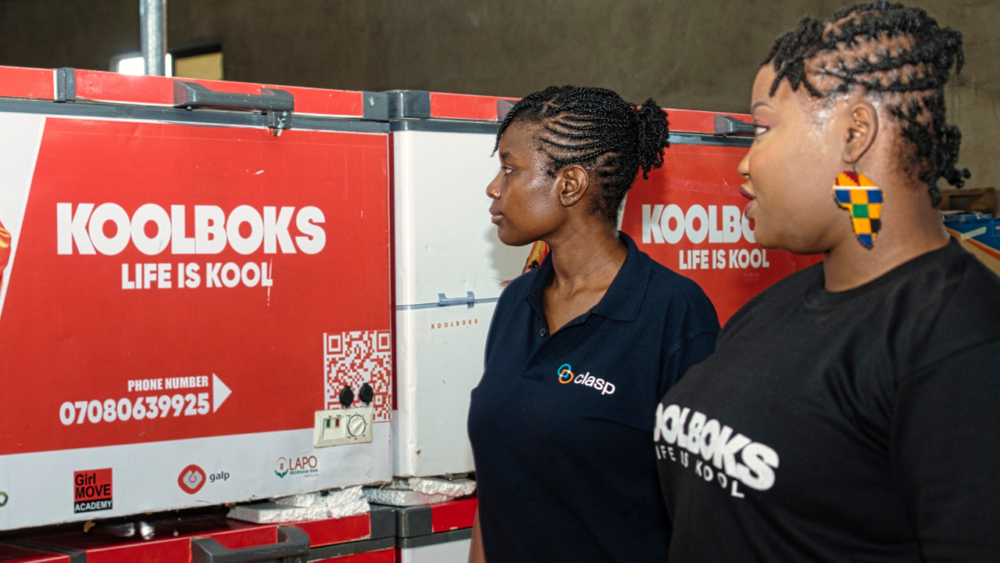Speaking With Each Other Matters Now More Than Ever
In celebration of CLASP's 20th anniversary, each month we profile one of our team members. This month we hear from Corinne Schneider, CLASP’s Chief Communications Officer.
In celebration of CLASP’s 20th anniversary, each month we profile one of our team members. This month we hear from Corinne Schneider, CLASP’s Chief Communications Officer.
My favorite story about communications and science goes like this – in 2012, physicists spent upwards of $10 billion building a huge apparatus so that they could see the ‘god particle,’ or Higgs boson, the missing link tangibly connecting the big bang to our present moment. Those scientists then spent almost no money – and had no plan for – communicating their findings. As a result, few people know about arguably the biggest scientific discovery of the 21st century.
I’ve been working in the energy sector for a decade now, and this story is not unique. Despite technology’s increasing ubiquity, the distance between technical information and the general public seems to be growing. In 2018, the International Energy Agency’s special report The Future of Cooling noted a major disconnect between what technologies are available versus what consumers actually buy – usually cooling appliances about half as efficient as the most efficient in the market. This is likely due to high up-front costs, but perhaps also a lack of consumer awareness about the value of more efficient products. More recently, an analysis by CLASP and partners for Efficiency for Access uncovered that 0% of Tanzanian consumers interviewed were aware of the availability of solar water pump technologies, though 56% were dissatisfied with their current irrigation systems, indicating that latent consumer demand and low awareness continue to vex clean energy access efforts.
Similarly, an article from Power for All cites the complex agricultural value chains combined with siloed energy and agriculture stakeholders as major barriers to overcome for off-grid solar in agricultural contexts. So, it’s just not the general public who need more and better communication – it’s also us experts.
It’s a phenomenon I call “the water is wet” – we’ve been swimming in the information for so long, we forget to tell others to jump in.
But the seas are rising, and the need for fast, coordinated efforts is upon us. It’s clear to me that we won’t survive if we’re not speaking with each other. We need to double down on communications, sure, but we also need broad recognition – especially from the experts – that good communications are vital.
Beyond necessity, there’s something about good communications that’s good for the soul. I’ve seen it time and again in my ten years pushing CLASP to communicate more and better – that ‘click’ when we find the right way to say a very complicated thing – that elevation of spirit when our hard work evolves into a beautiful story or video. Sometimes communicating for the energy sector feels like an uphill climb, but these moments make it worthwhile. And it can only happen in true partnership and dialogue.
Two decades after its founding, CLASP has shed its reticence to communicate beyond a narrow set of decision makers. We’re experimenting and deliberating quite a lot about what works, what doesn’t, and where we most need to invest scarce resources. I’m very happy to report that in our 20th anniversary year, we’ve shared more about our work than ever before – via a new Medium blog (follow us!), a cooling magazine, several videos about solar powered TVs and fridges, and the 2018 annual report – with more in the pipeline.
I’m even happier that some of these efforts have been initiated by the technical staff, not just the communications team.
My colleagues come to work every day motivated to address the urgent, specific problems related to how we can all use energy more sustainably. We’re excited to continue sharing how people and the planet are impacted by our work with a growing group of partners and through new mediums.
To ensure you receive our updates, follow CLASP on Twitter and subscribe to our monthly newsletter.









